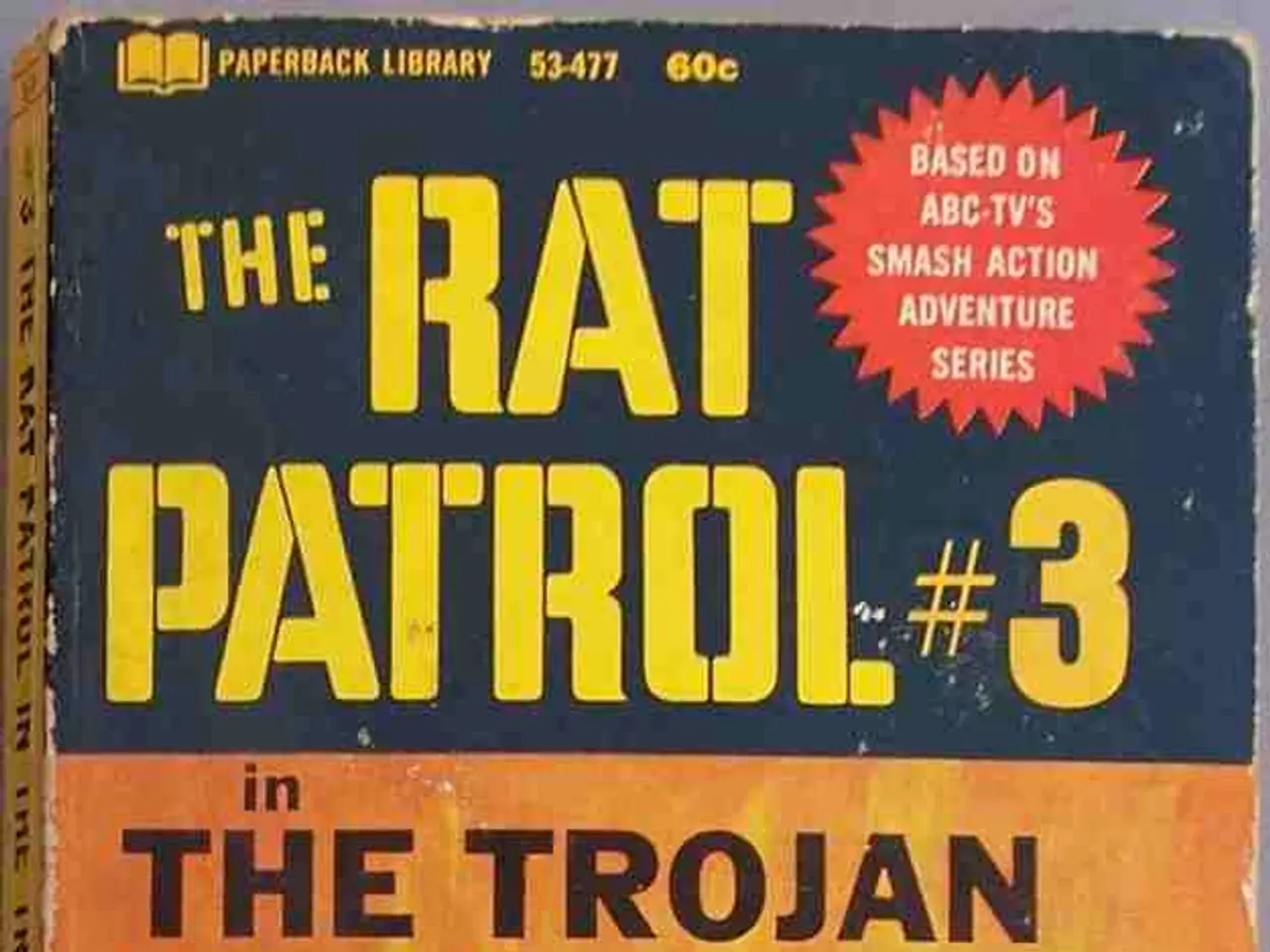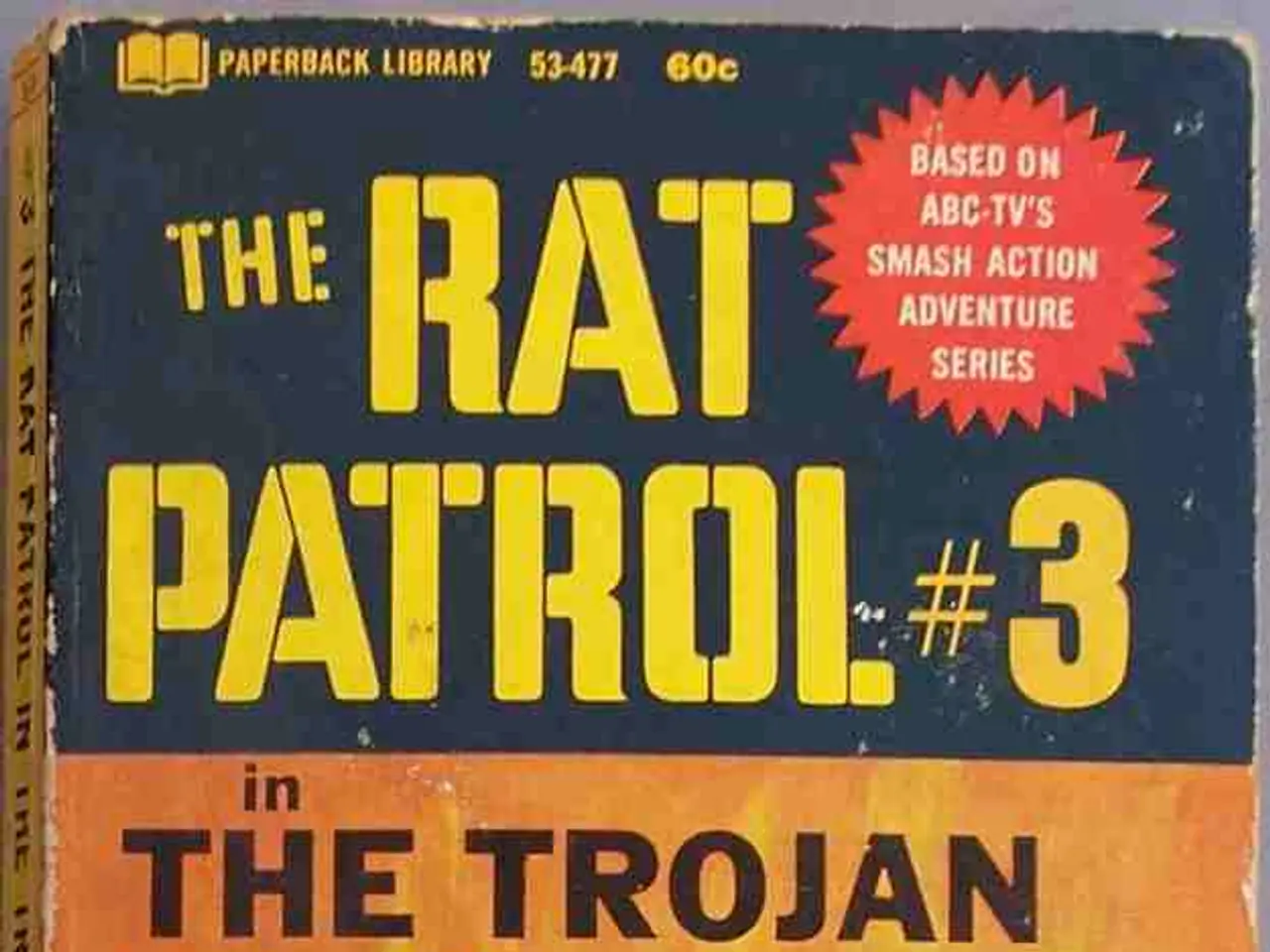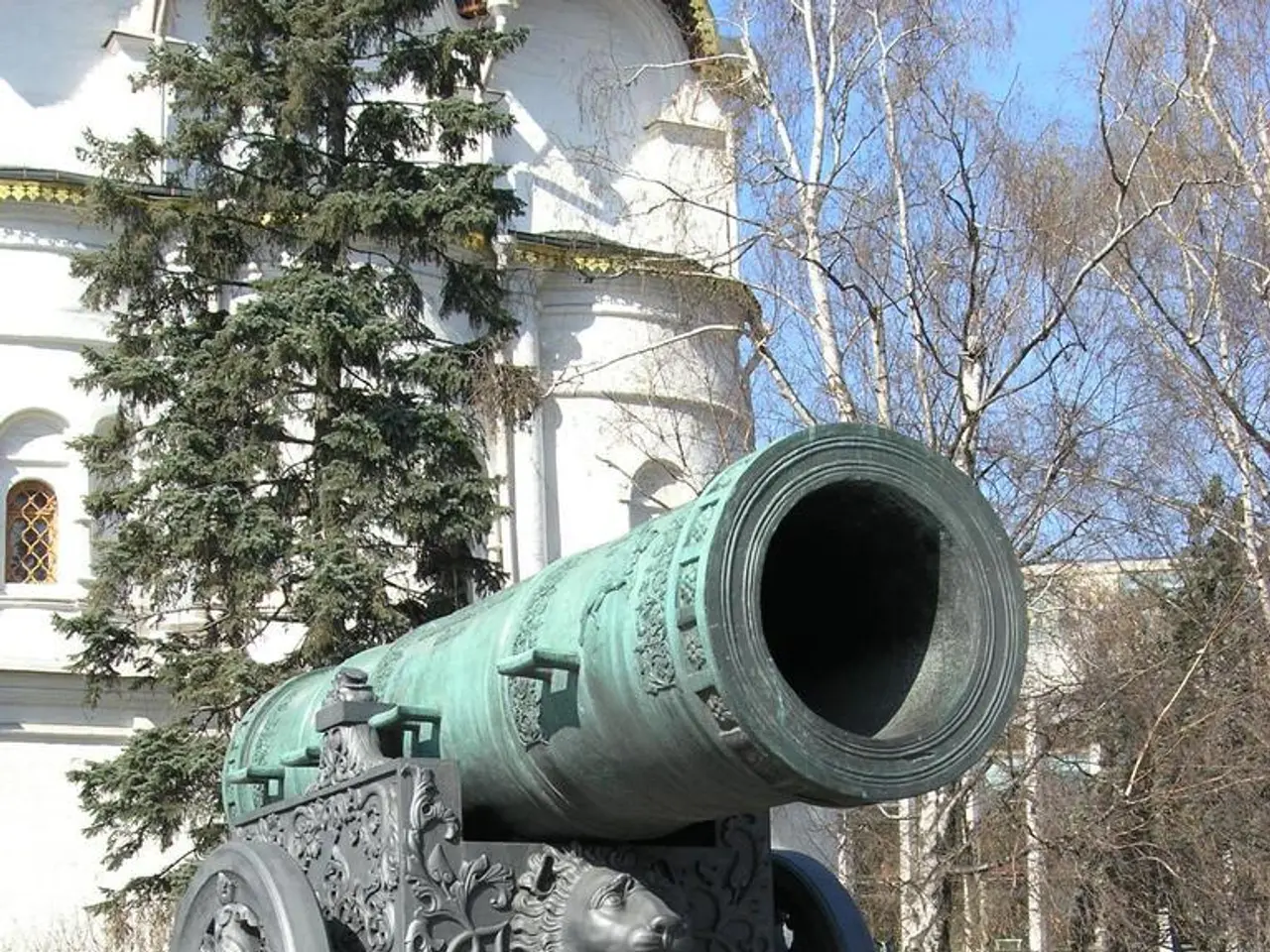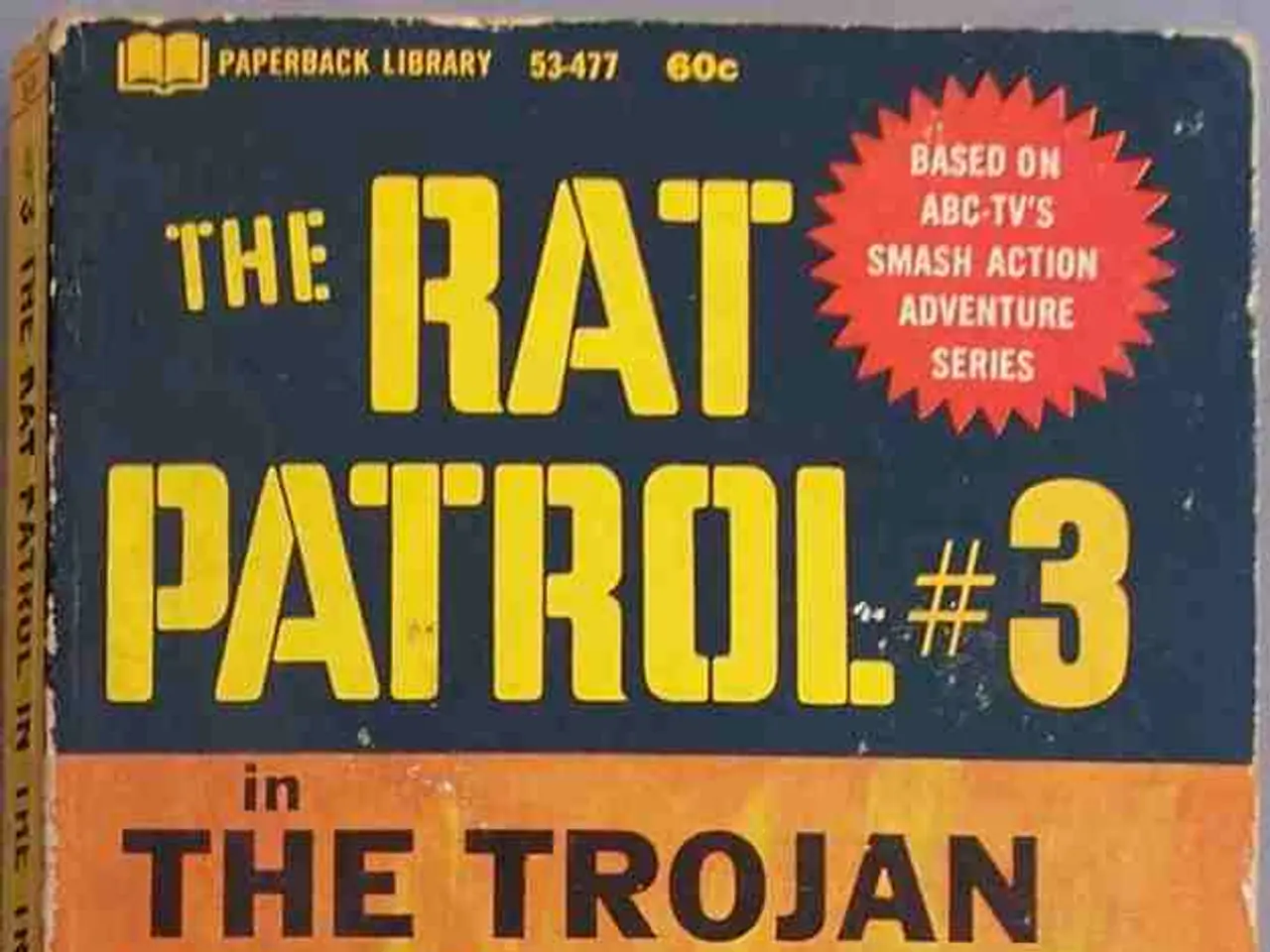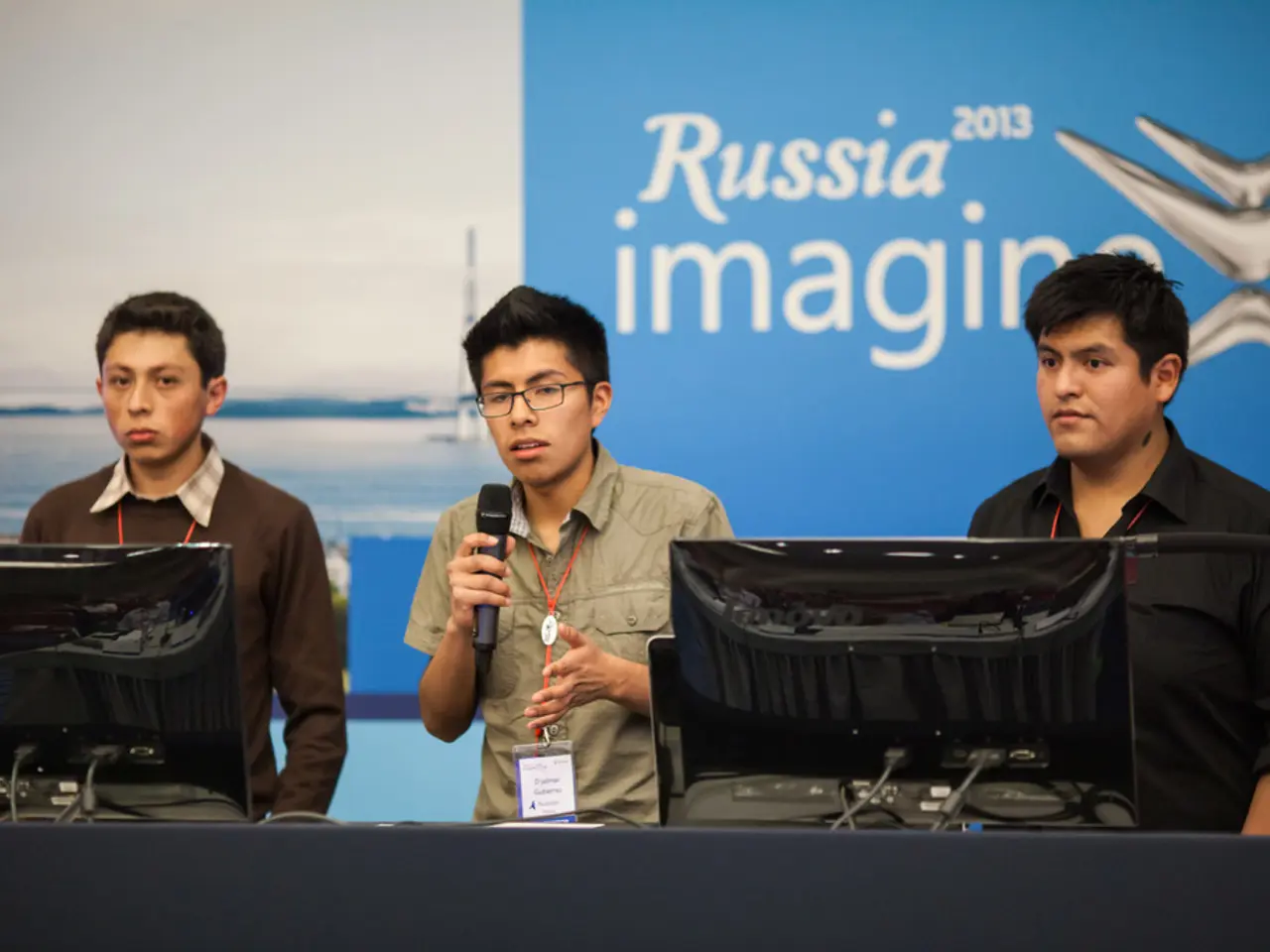EU supports Trump's reversal on Ukraine policy, urging America to share the responsibilities
The ongoing crisis in Ukraine has prompted increased cooperation between the United States and Europe, with a focus on streamlining the delivery of military aid. NATO is playing a central role in coordinating these efforts, emphasizing the need for speed in the process.
The US and Europe are exploring ways to share the financial burden of supporting Ukraine's military needs. Europe is set to purchase replacements for US-made weapons sent to Ukraine, which could encourage European states to send more supplies. The US is considering allowing European orders to be prioritized in production queues, facilitating quicker delivery of equipment to Ukraine.
NATO member states are sending weapons from their stockpiles to Ukraine, with the US providing replacements paid for by NATO countries. Although the process of placing new orders for equipment can take up to 42 months, there is a possibility of expediting this process for Ukraine's immediate needs.
Kaja Kallas, the former Estonian prime minister, has been a vocal supporter of Ukraine. She recently called for Europe and the US to "share the burden" of arming Ukraine, suggesting that European financial support would be considered European support for Ukraine. Kallas warned at this week's EU talks that Russia's bombing campaign had "reached record levels" in Ukraine.
The European Union as a whole has spent roughly the same amount as the US on Ukraine since the full-scale invasion, with EU spending increasing when refugee costs are factored in. However, the process of adopting sanctions on Russia has not been smooth. EU ministers failed to adopt an 18th round of sanctions on Russia due to a holdout by Slovakia, with Slovakia protesting planned EU laws to ban all sales of Russian gas. Slovakia has asked the EU to postpone the vote on sanctions while it considers its response to an exchange with the EU's executive aimed at ending the stalemate.
The US has threatened to impose 100% secondary tariffs on Russia and countries that trade with it unless a peace deal with Ukraine is reached by early September. The new plan, if approved, should speed up and expand deliveries of US arms to Ukraine, which is facing increased Russian aerial attacks.
The US is planning to authorize sales of Patriot air defense systems and other arms to European countries to send on to Ukraine. European countries are debating how much of their planned military spending splurge should go to US weapons, with concerns about ending Europe's dependency on American-made weapons, logistics, and intelligence capacities.
The latest US-led plan may be seen as a blow to France's efforts, with the potential for more European money to flow toward US arms manufacturers. However, European countries including Germany, Finland, Denmark, Sweden, and the Netherlands are interested in taking part in the US arms deal.
The European Union's foreign affairs chief is experiencing a moment of vindication as US President Donald Trump has reversed his past praise of Vladimir Putin and vowed to increase pressure on Moscow. Denmark's Lars Lokke Rasmussen welcomed Washington's shift in rhetoric towards Russia and has expressed a desire for other EU partners to contribute to the funding of Ukraine's weapons and ammunition.
As the situation in Ukraine continues to evolve, NATO is looking to learn from Ukraine's innovative strategies, which could lead to more efficient military operations and aid delivery. The specifics of the US plan for supplying and replacing arms are still under discussion, indicating that further developments and refinements are expected.
- The increased cooperation between America and Europe, regarding policy-and-legislation and politics, includes discussions on sharing the financial burden of supporting Ukraine's military needs, with Europe considering purchasing replacements for US-made weapons.
- In light of the ongoing crisis in Ukraine, the US government is considering allowing European orders for arms to be prioritized in production queues, so as to facilitate quicker delivery of equipment to Ukraine.
- The general news media is focusing on the possibility of expediting the process of placing new orders for equipment to Ukraine, as NATO member states send arms from their stockpiles, with the US providing replacements paid for by NATO countries.
